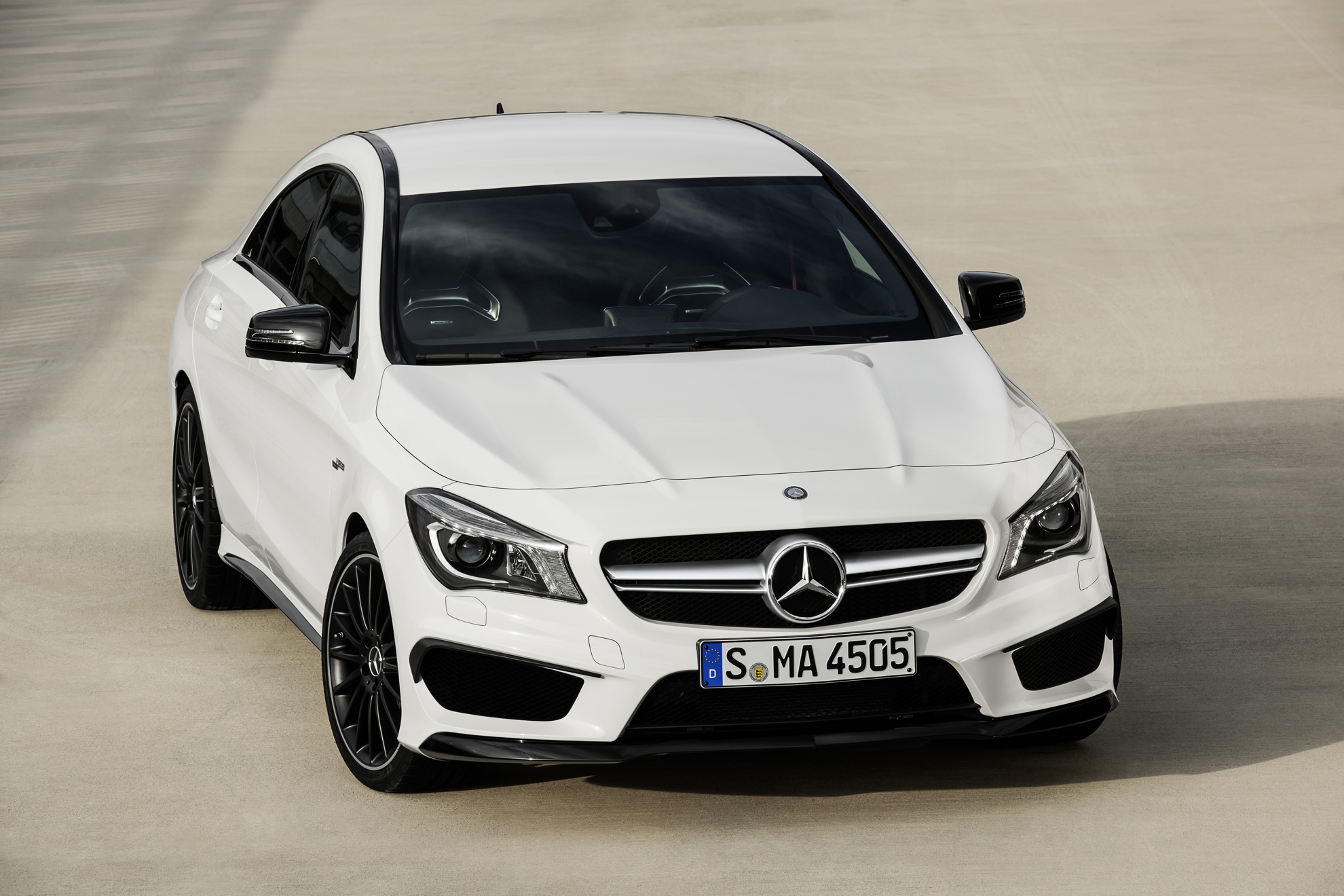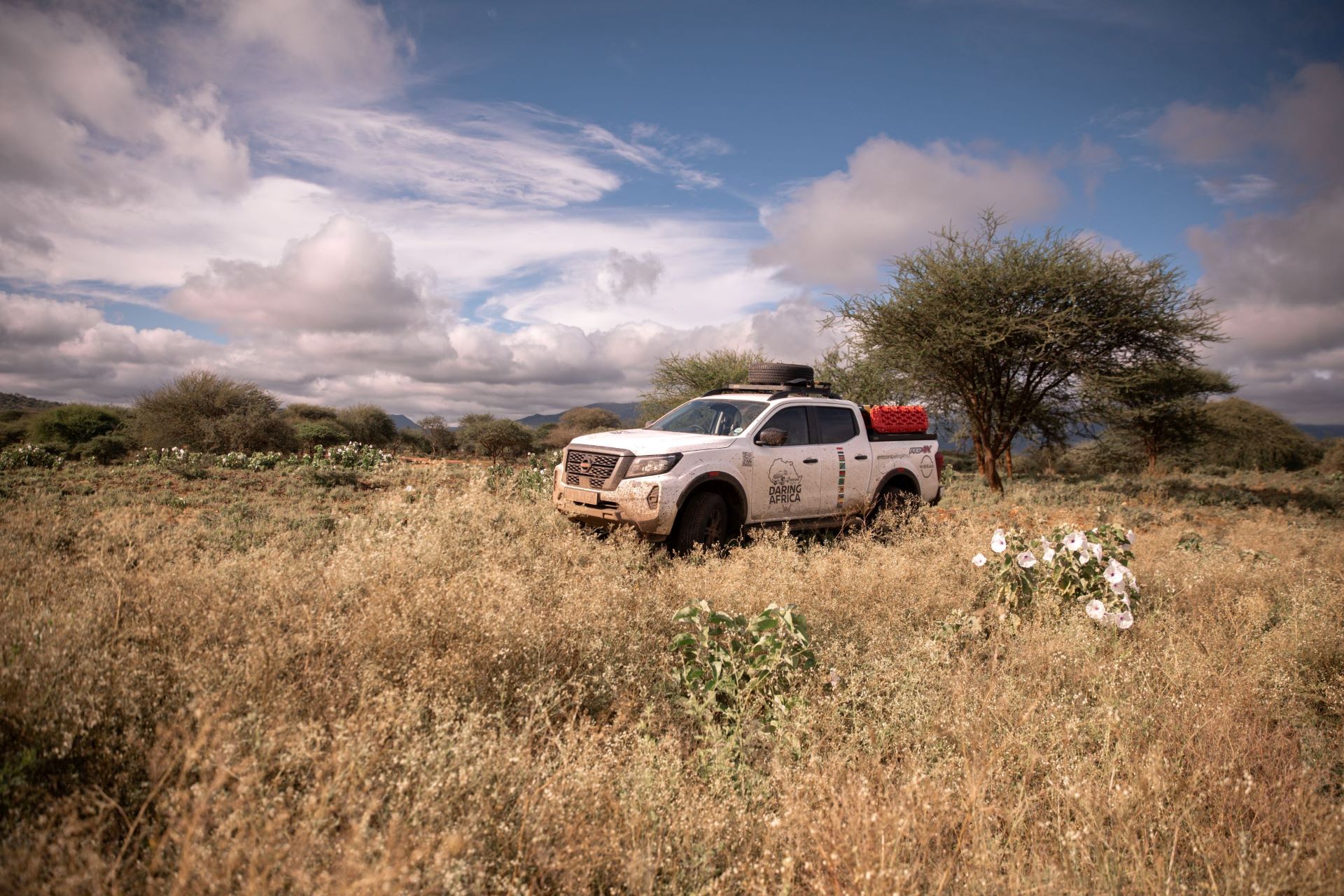More sophisticated collision warning system as standard

Numerous driving assistance systems offer support in the CLA and reduce the driver’s workload. Standard-fit features for the coupé include ATTENTION ASSIST drowsiness detection and radar-based COLLISION PREVENTION ASSIST with adaptive Brake Assist, which now helps to protect the CLA from collisions from a speed of only 7 km/h (previously: over 30 km/h).
The radar-based COLLISION PREVENTION ASSIST system provides the possibly distracted driver with visual and acoustic warnings of identified obstacles and prepares Brake Assist for precision braking. Braking is initiated as soon as the driver steps emphatically on the brake pedal. When an impending danger of collision is identified, COLLISION PREVENTION ASSIST calculates the precise braking force ideally needed to avoid an accident and makes the best possible use of any distance remaining. As a new feature, COLLISION PREVENTION ASSIST affords protection from typical rear-end collisions in dangerous traffic situations in the CLA from a speed of only 7 km/h (previously: over 30 km/h).
COLLISION PREVENTION ASSIST combines with DISTRONIC PLUS to become COLLISION PREVENTION ASSIST PLUS, incorporating an additional function: when a danger of collision persists and the driver fails to respond, the system is able to carry out autonomous braking at speeds of up to 200 km/h, thereby reducing the severity of collisions with slow or stationary vehicles. The system also brakes in response to stationary vehicles at a speed of up to 30 km/h and is able to prevent rear-end collisions at speeds of up to 20 km/h.
Electronic helpers: all the other assistance systems at a glance
Active Parking Assist, which is available as an option for the CLA-Class, has been developed on the basis of the PARKTRONIC system familiar from other model series. Twelve ultrasonic sensors mounted in the front and rear bumpers measure potential longitudinal and transversal parking spaces at the left and right sides of the road. By default the system searches on the right; the turn indicator must be actuated for it to look on the left. Once a suitable space has been identified, the driver stops the vehicle, selects reverse gear and activates the automatic parking assistance system via the controls on the multifunction steering wheel. The system calculates a suitable manoeuvring pattern with a maximum of seven moves to complete the parking operation. The driver is assisted by the automatic actuation of the electromechanical steering during the parking process but still has to operate the accelerator, gearshift and brake. The speed is limited to 10 km/h during the parking process. Parking in spaces situated along slightly curved roads is also supported.
Automatic steering to exit the parking space is a new subfunction. If the vehicle has been parked using Active Parking Assist, the vehicle can be steered out of the longitudinal parking space in which the vehicle had previously been parked. For this the driver has to engage reverse and actuate the turn indicator before activating – via control panel on the multifunction steering wheel – the automatic exit from parking space assistance. Here, too, the driver has to operate the accelerator, brake and gearshift. As soon as the vehicle has assumed a sufficient angle to exit the parking space in one straight move, the wheels are set to the straight ahead position, the process ends and the driver assumes steering control again. The process is completed at the latest when the vehicle is at an angle of 45 degrees relative to the starting position.
A series of further assistance systems can be added to this:
- Adaptive Highbeam Assist: when vehicles are detected ahead of or oncoming to the vehicle, this system automatically dips the beams and adjusts the range of the headlamps appropriate to the distance. The driver benefits from a longer dipped beam range and does not generally need to switch manually between main and dipped beam.
- Blind Spot assist: detects vehicles in the critical sector by means of two radar sensors located at the sides at the rear of the vehicle. The system warns the driver of the presence of a vehicle by displaying a red triangle in the exterior mirror. If the turn indicator is actuated the red triangle begins to flash and a warning tone is emitted.
- Lane Keeping Assist: a camera behind the windscreen detects carriageway markings and can recognise if the car is about to leave a detected lane unintentionally.
- ATTENTION ASSIST (standard): provides a warning when typical signs of drowsiness are detected. The system’s highly sensitive sensors observe the driver’s behaviour and can recognise – especially on the basis of how the steering wheel is being moved – if the driver is becoming drowsy or inattentive.
- Brake hold function: when stopping, for example at traffic lights, the driver merely has to press the brake pedal slightly more firmly. They can then take their foot off the brake pedal and the brake will remain engaged until they move off again. The brake is released automatically when the driver steps on the accelerator.
- Hill-Start Assist: this function is able to prevent the vehicle from rolling back unintentionally when moving off on an uphill slope.
- Reversing camera: integrated in the handle strip on the tailgate, the reversing camera features a wide-angle lens. When reverse gear is engaged, the image from the camera is transmitted to the screen of the Audio 20 system or the COMAND system. Static and dynamic guide lines assist the driver during manoeuvring.
- DISTRONIC PLUS: the radar-based adaptive cruise control supports the driver at speeds between zero and 200 km/h by maintaining the distance to the vehicles in front. In doing so it is able to apply the brakes to bring the vehicle to a complete standstill and also accelerate it again. As a result, the system is also particularly convenient in stop-and-go traffic. If the system detects that the distance is being reduced too quickly, it warns the driver with both visual and audible signals.
- Cruise control with SPEEDTRONIC: the cruise control maintains the preset speed. The additional SPEEDTRONIC function ensures that the stored speed is not exceeded. Both functions come as standard with the 7G-DCT dual clutch transmission and are optionally available for the models with manual transmission.


